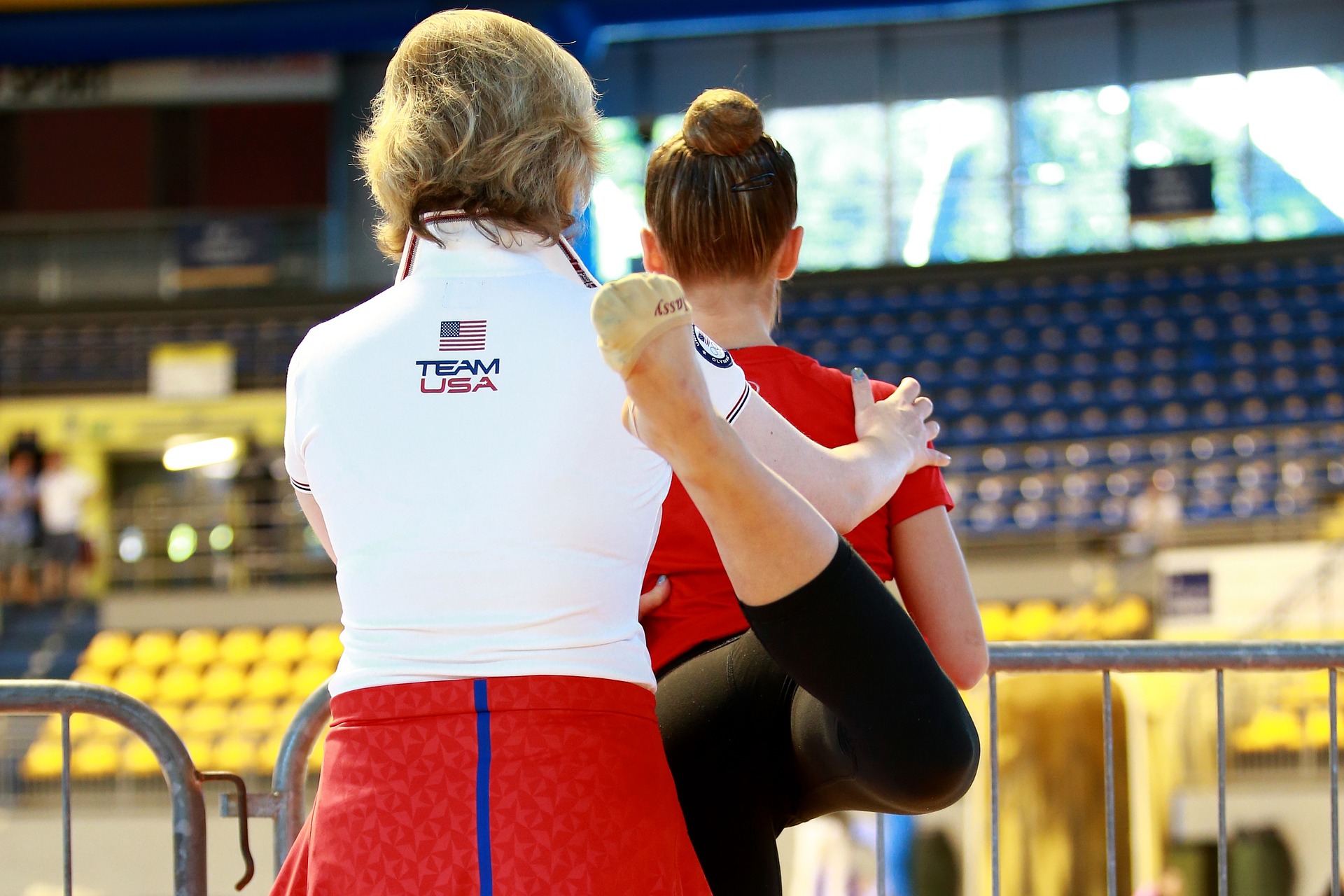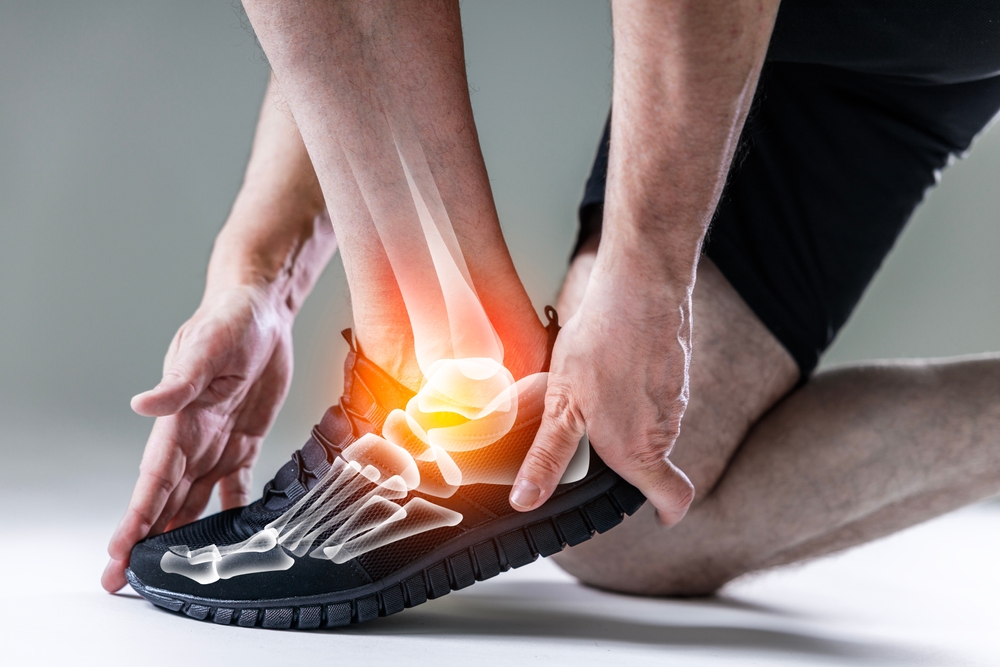Advancing Athletic Performance: Unraveling the Power of Plyometrics
Introduction Imagine this: an Olympic long jumper, their muscles coiled like a spring, launches into the air, flying over eight meters to claim the gold. This explosive power is not just a product of natural talent or countless hours of training. It's also the result of a specific, yet often overlooked training method: plyometrics.

A Leap into History: Plyometrics’ Origins
In the realm of sports, plyometrics has a relatively short, but impactful history. This training method, which involves the rapid stretching and contracting of muscles to boost explosive power, first emerged in the 1970s in Soviet Union sports training programs.
Yuri Verkhoshansky, often hailed as the “father of plyometrics,” was a Russian scientist and coach who pioneered this method. He believed in the power of ‘shock’ exercises, such as depth jumps, to maximize an athlete’s speed, strength, and performance.
Fast forward to today, plyometrics has evolved into a staple component in every professional athlete’s training regimen, transcending sport boundaries.
Plyometrics Today: More Than Just Jumping
Plyometrics has come a long way since the days of Soviet training camps. Today, it encompasses a wide range of exercises, from box jumps and burpees to power skips and clap push-ups. It’s not only about jumping; plyometrics taps into the body’s fast-twitch muscle fibers, enhancing an athlete’s explosive power, agility, and speed.
Research supports the effectiveness of plyometric training. A study published in the Journal of Strength and Conditioning Research found that a 7-week plyometric program significantly improved the sprinting and jumping performance of soccer players.
The Power and Pitfalls of Plyometrics
Plyometrics is not without its challenges. The high-intensity nature of these exercises places immense stress on the body, particularly the joints and muscles. Without proper technique and progression, the risk of injury skyrockets.
However, when performed correctly and incorporated into a balanced training program, the benefits of plyometrics are immense. It enhances athletic performance, strengthens the musculoskeletal system, and boosts neuromuscular efficiency.
Plyometrics in Action: Real-World Applications
Plyometrics is not just for professional athletes. It has found its way into various fitness programs, from CrossFit to high-intensity interval training (HIIT). Even in rehabilitation settings, physiotherapists use modified plyometric exercises to help patients regain strength and mobility.
The Future of Plyometrics: Unleashing New Potential
As sports science continues to advance, so too does our understanding of plyometric training. Future research may uncover new exercises, fine-tune existing ones, and even explore the genetic factors influencing an individual’s response to plyometric training.
In conclusion, plyometrics is more than just a training method—it’s a testament to the human body’s incredible capacity for power and resilience. From its origins in Soviet training camps to its widespread use in modern athletic training, plyometrics has undeniably left its mark in the sports world, propelling athletes to reach new heights of performance.




